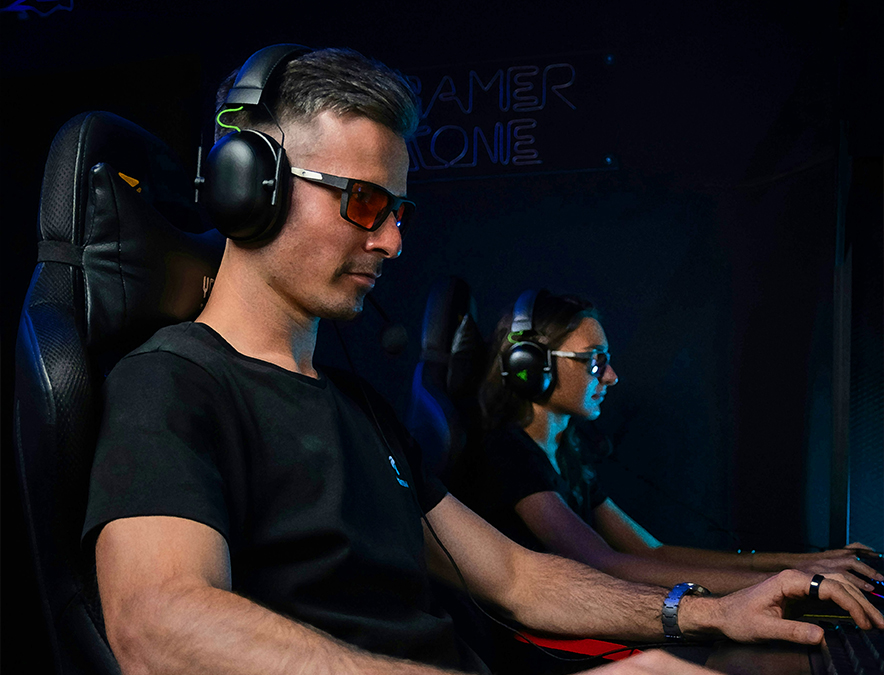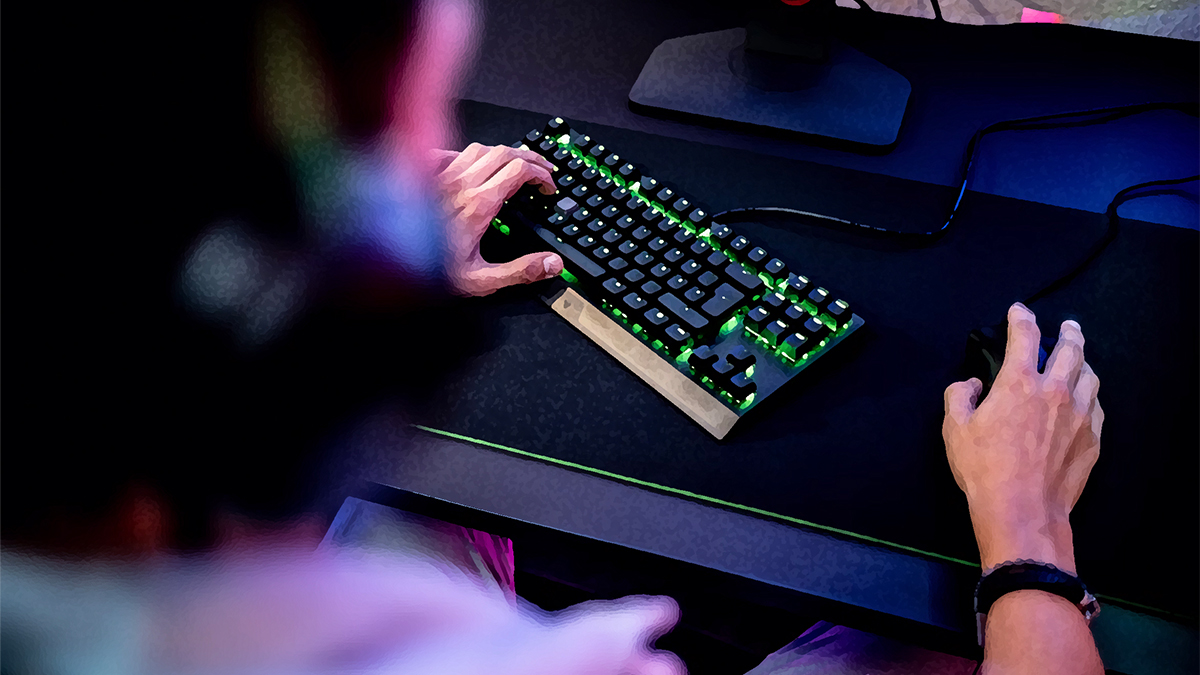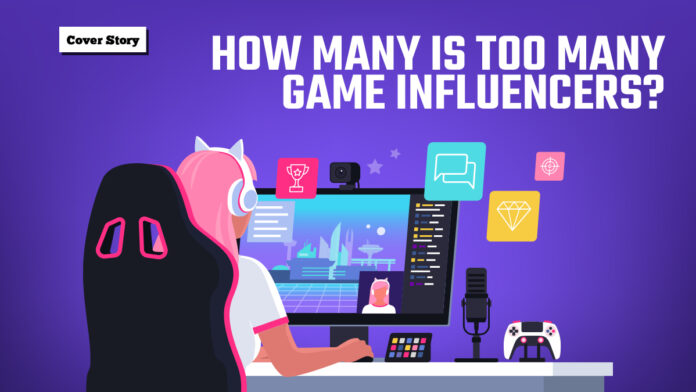Open any streaming platform today and you are met with an endless scroll of gamers going live. Some play the latest blockbuster titles with polished production, while others broadcast from modest setups that feel more like hanging out with a friend. What began as a small community of standout personalities has grown into a saturated field where nearly everyone seems to be a gaming influencer. This rapid growth has reshaped both the way audiences engage with gaming content and the way influence itself is understood.
The Attention Economy and Influencer Fatigue
The gaming space today resembles a crowded auditorium where everyone has a microphone. With Twitch streamers, TikTok creators, and YouTubers producing content at unprecedented rates, audiences are confronted with more material than they can possibly consume. Economist and Nobel Laureate Herbert Simon’s concept of the “attention economy” explains this phenomenon well. Information is abundant, but attention is scarce. The result is a form of “influencer fatigue,” where viewers no longer have the capacity or the patience to keep up with the endless stream of content. For brands, this scarcity of attention makes the marketplace even more competitive, as they struggle to identify which voices are genuinely worth investing in.

From Gatekeepers to the Long Tail
Not long ago, a handful of big personalities dominated the gaming world, functioning as cultural gatekeepers. Their opinions carried disproportionate weight in shaping community discourse. Today, however, we see the rise of what Chris Anderson calls the “long tail,” where smaller creators can thrive by catering to niche interests.
A streamer focused on speed-running obscure retro titles or a TikTok creator blending Filipino folklore with game commentary may never rival the top one percent in follower counts, but they can build communities rooted in shared identity and passion. This shift highlights the democratizing potential of the digital era, where influence is no longer determined solely by mainstream appeal but also by the ability to cultivate micro-communities.
The Iron Law of Oligarchy in Gaming Content
Despite this apparent democratization, not all creators enjoy the same opportunities. Robert Michels’ “iron law of oligarchy” reminds us that even in systems designed for openness, power tends to consolidate at the top. The gaming influencer ecosystem reflects this tendency.
Sponsorship deals, algorithmic visibility, and major platform support often flow disproportionately toward a select few creators. This reinforces a hierarchy that mirrors the very inequalities digital culture was supposed to dismantle. The paradox leaves smaller creators in a precarious position, visible enough to contribute but rarely resourced enough to compete with the industry’s elite.

Cultural Capital and the New Meaning of Influence
The question then becomes, what does it mean to be influential in such a crowded space? Pierre Bourdieu’s concept of cultural capital offers a useful lens. Influence cannot be reduced to numbers alone. It is about legitimacy, authority, and the symbolic power a creator holds within their community.
For example, a creator with modest reach may carry significant weight in shaping the discourse of a specific fandom, precisely because their expertise or authenticity grants them trust. In this sense, influence in gaming is increasingly about credibility within context rather than broad, undifferentiated visibility.
The Brand Dilemma: Reach vs. Relevance
Brands now find themselves at a crossroads. The established logic of advertising favors mass reach, yet the new creator landscape offers opportunities for hyper-targeted engagement. Choosing between mega-influencers and smaller, community-based creators forces companies to weigh scale against intimacy. While the former provides visibility, the latter offers authenticity and deeper resonance with niche audiences. This dilemma reflects a larger tension in digital culture, one that asks whether success is measured by volume or by depth of connection.
Gaming Culture Beyond Metrics
Perhaps the most compelling aspect of this transformation is the cultural shift it signals. Gaming influencers are not only entertainers but also curators of values, stories, and communities. When smaller creators introduce inclusive narratives, revive forgotten genres, or experiment with creative formats, they shape gaming culture in ways that numbers alone cannot capture. This reminds us that influence should be understood not only as the ability to draw viewers but also as the capacity to redefine the cultural fabric of gaming itself.
The question “How many is too many?” might not have a fixed answer. The abundance of gaming influencers does create noise, but it also signals a cultural shift where the power to shape conversations no longer rests with a few visible figures. Influence is being renegotiated every day, sometimes in small Discord servers and sometimes in mainstream arenas watched by millions. Perhaps the real issue is not the number of influencers but how gaming culture decides whose voices matter. In the end, the future of gaming influence may belong less to those who are the loudest and more to those who leave lasting imprints on how we play, connect, and imagine new worlds.
Words by Aljhelyn Piador
Also published in GADGETS MAGAZINE Volume 26 Issue No. 3
